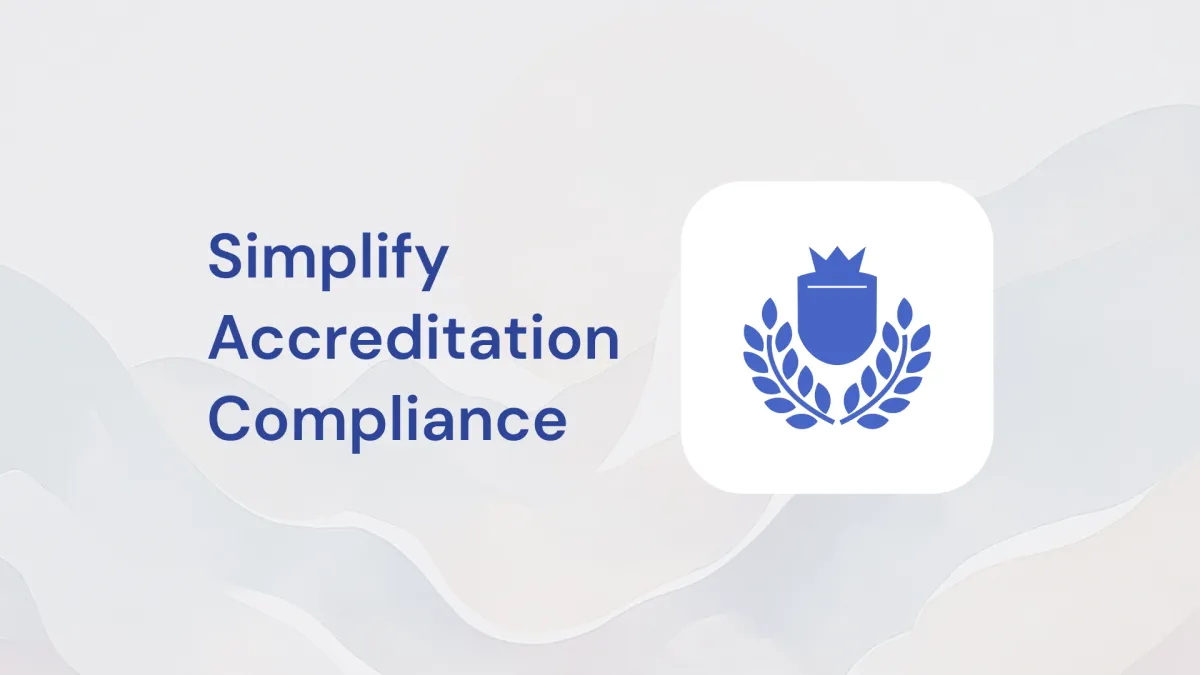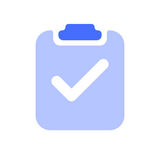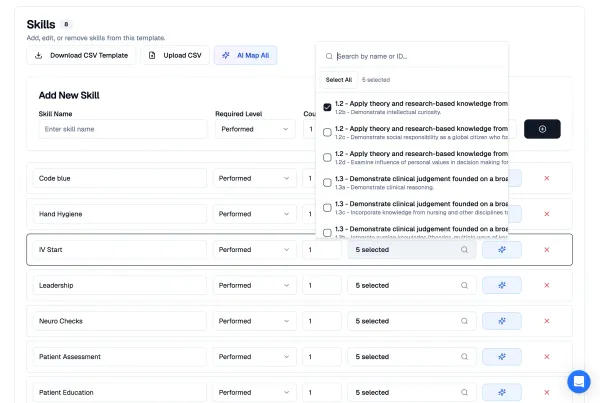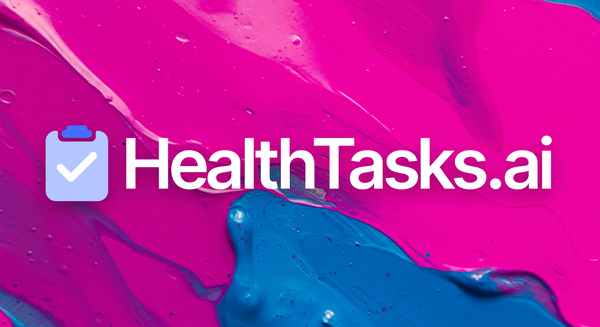Preparing for Accreditation: How Electronic Clinical Tracking Simplifies Compliance for Nursing Programs

Accreditation is one of the most critical aspects of running a nursing program. It ensures that the education provided meets national standards, preparing students for professional practice and helping schools maintain their reputation. However, managing the accreditation process can be overwhelming, particularly when it comes to documenting clinical hours, competencies, and student progress. This is where an Electronic Clinical Tracking System (ECTS) becomes a game-changer for nursing programs.
In this article, we will explore how electronic clinical tracking simplifies compliance for nursing programs, ensures accurate documentation, and supports accreditation efforts. We’ll also discuss the essential features that make ECTS a valuable tool for nursing educators.
What is an Electronic Clinical Tracking System (ECTS)?
An Electronic Clinical Tracking System (ECTS) is a digital platform that allows nursing programs to monitor, record, and manage student clinical experiences. These systems replace traditional paper-based methods, offering an organized and accurate way to track student progress in real time.
ECTS platforms streamline the process of documenting clinical hours, competencies, skill acquisitions, and preceptor feedback, making them essential for programs aiming for accreditation.
The Role of Accreditation in Nursing Programs
Accreditation from organizations such as the Accreditation Commission for Education in Nursing (ACEN) or the Commission on Collegiate Nursing Education (CCNE) is vital. These bodies set standards for nursing education, including specific requirements for clinical hours and competency evaluations. Nursing programs must demonstrate their adherence to these standards during the accreditation process.
However, tracking student progress and ensuring compliance with these standards often involves handling massive amounts of paperwork. This is where ECTS can provide a significant advantage.
How ECTS Simplifies Accreditation Compliance
1. Accurate Documentation of Clinical Hours
One of the most critical components of accreditation is the accurate documentation of clinical hours. Nursing students must complete a set number of hours in clinical settings to meet the standards set by accrediting bodies. Traditionally, tracking these hours involved paper logs, which are prone to errors, miscalculations, or even loss.
An ECTS simplifies this process by enabling students and educators to log clinical hours electronically. Time spent in clinical settings is recorded in real-time, and these logs are stored securely in the system. This ensures that records are accurate and easily accessible, reducing the risk of non-compliance due to lost or incorrect documentation.
With an ECTS, nursing programs can present detailed, organized reports of clinical hours to accreditation bodies, providing clear evidence of student progress and program compliance.
2. Comprehensive Competency Tracking
Accrediting bodies not only look at the number of clinical hours a student completes but also assess whether students are achieving the required competencies. These competencies vary depending on the program level (undergraduate, graduate, etc.) and the specialty area.
An ECTS helps nursing educators track the specific competencies each student must meet. The system allows educators to link clinical experiences directly to competencies, ensuring that students are acquiring the necessary skills in real-world settings. As students progress through their clinical rotations, educators can easily track which competencies have been met and which still need attention.
This real-time tracking simplifies the reporting process when accreditation visits are due. Rather than sifting through piles of paper documentation, educators can pull comprehensive competency reports from the ECTS, demonstrating student progress in each required area.
3. Seamless Communication Between Faculty and Preceptors
Accreditation reviews also consider the quality of communication and oversight provided by nursing educators. Programs must show that there is effective communication between students, preceptors, and faculty, particularly when it comes to evaluating student performance in clinical settings.
An ECTS supports seamless communication by providing a centralized platform where preceptors can enter feedback, students can track their own progress, and educators can review evaluations in real-time. This transparency ensures that nursing educators are aware of any issues or areas for improvement, allowing them to address concerns quickly.
Additionally, during accreditation reviews, faculty can demonstrate how they oversee clinical education by providing reports on student evaluations and preceptor feedback through the ECTS.
4. Ensures Compliance with Clinical Placement Requirements
Many accrediting bodies have specific requirements regarding the types of clinical placements students must complete, including rotations in certain specialties or settings (e.g., pediatrics, geriatrics, acute care). Nursing programs must not only provide these placements but also document that students have met these requirements.
An ECTS allows programs to manage clinical placements efficiently. Educators can assign students to the required rotations, track their progress, and ensure that they have completed all necessary placements. The system also stores records of each placement, including dates, locations, and preceptor information, which can be accessed easily during an accreditation review.
5. Audit-Ready Data Reporting
One of the most stressful parts of the accreditation process is preparing for an audit or review. Nursing programs are required to submit extensive documentation, including student clinical logs, competency evaluations, preceptor feedback, and more.
An ECTS takes the stress out of this process by providing audit-ready reports at the click of a button. These systems generate detailed reports that compile all the necessary data in an organized format, ensuring that the program can quickly and accurately demonstrate compliance with accreditation standards.
This ability to produce instant reports can significantly reduce the time and effort required to prepare for accreditation visits, giving educators more time to focus on delivering high-quality education.
Key Features of an Effective ECTS for Accreditation Compliance
To fully benefit from an electronic clinical tracking system, nursing programs should look for key features that ensure ease of use and compliance with accreditation standards. Some essential features include:
- Real-Time Data Logging: Ensures that clinical hours and competencies are logged as they happen, minimizing errors.
- Customizable Reporting: Allows educators to generate specific reports needed for accreditation bodies.
- Competency-Based Tracking: Links clinical experiences to required competencies, ensuring that students meet all necessary criteria.
- Preceptor and Faculty Communication: Facilitates smooth communication and feedback between educators, students, and preceptors.
- Secure, Cloud-Based Access: Ensures that data is safe and accessible anytime, anywhere.
Preparing for accreditation doesn’t have to be an overwhelming process for nursing programs. By using an Electronic Clinical Tracking System (ECTS), programs can streamline the documentation of clinical hours, competency tracking, and communication, ensuring compliance with accreditation standards. These systems provide accurate, audit-ready data, making the accreditation process smoother and less time-consuming.
For nursing educators, an ECTS is more than just a tool for tracking—it’s an essential component in maintaining program accreditation, ensuring student success, and enhancing the overall quality of education. By adopting an ECTS, nursing programs can confidently navigate the accreditation process and focus on what truly matters: preparing the next generation of nurses.





